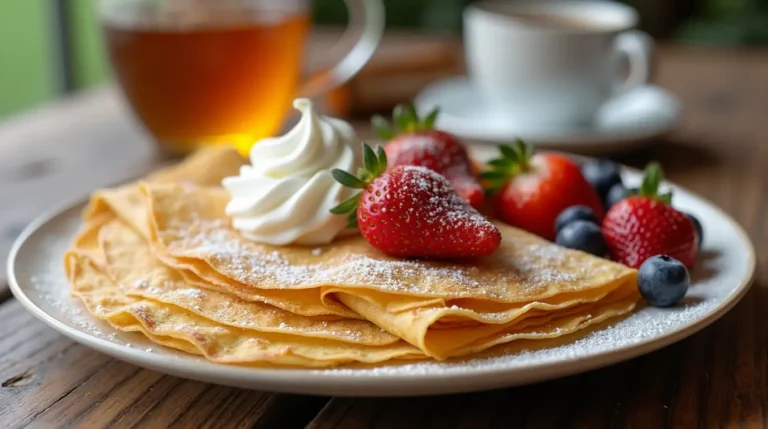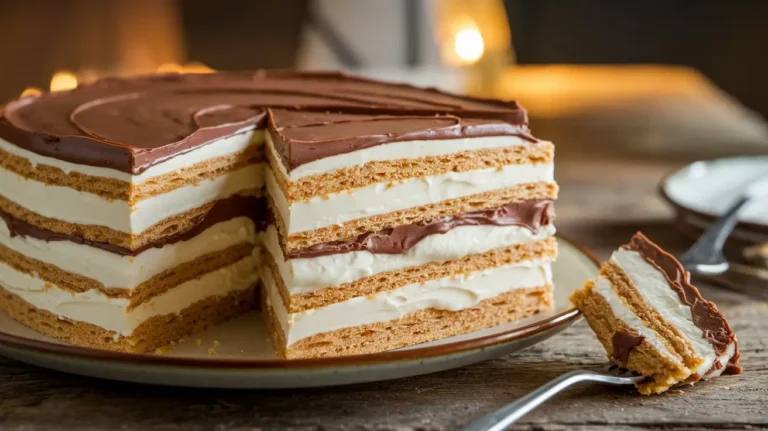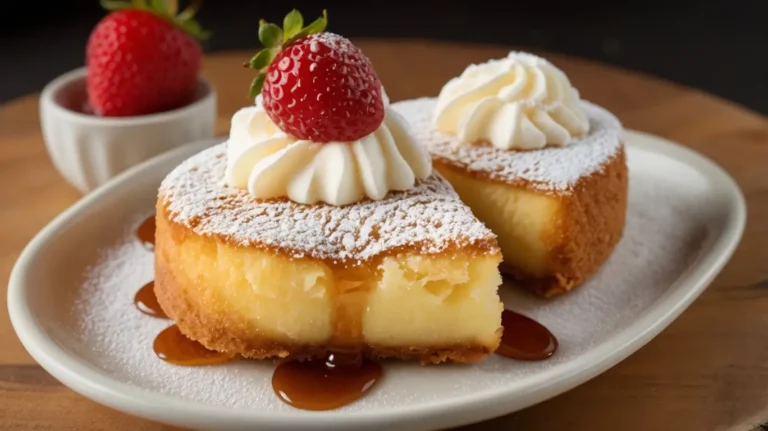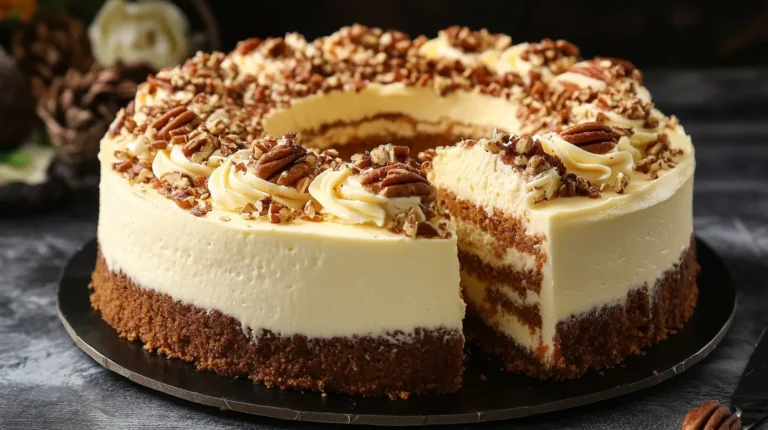Stuffed Potato Pancakes: 5 Easy Steps to Perfect Every Time
Stuffed potato pancakes are a mouthwatering variation of the traditional potato pancake, offering a crispy exterior and a flavorful, gooey filling….

Stuffed potato pancakes are a mouthwatering variation of the traditional potato pancake, offering a crispy exterior and a flavorful, gooey filling….

Basic Crêpes are a classic French dish that can be enjoyed in both sweet and savory variations. These thin, delicate…

If you love easy, no-bake desserts, this No Bake Éclair Cake is a must-try! It’s a simple, fuss-free dessert that…

If you’re looking for a delicious, healthy, and easy-to-make snack, almond-coconut bars are the perfect choice. They are packed with…

Avocado butter is a nutritious, plant-based alternative to traditional butter. Packed with healthy fats and vitamins, it is perfect for…

Cottage cheese blueberry cake is a delightful dessert that combines the creamy richness of cottage cheese with the sweet-tart flavor of blueberries. This cake…

Classic waffles have been a beloved breakfast staple for centuries, captivating taste buds with their crispy exterior and fluffy interior. Whether enjoyed with a…

Cheese Borek, or Börek, is a flaky, savory pastry filled with cheese and baked or fried to perfection. Originating from…

Few desserts combine crispy, golden-brown perfection with rich, creamy indulgence like deep-fried cheesecake. Whether you’ve encountered it at a state…

Carrot Cake Cheesecake- why not combine them into one show-stopping dessert? Carrot Cake Cheesecake is the perfect fusion of warmly…